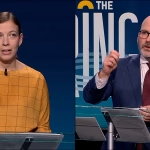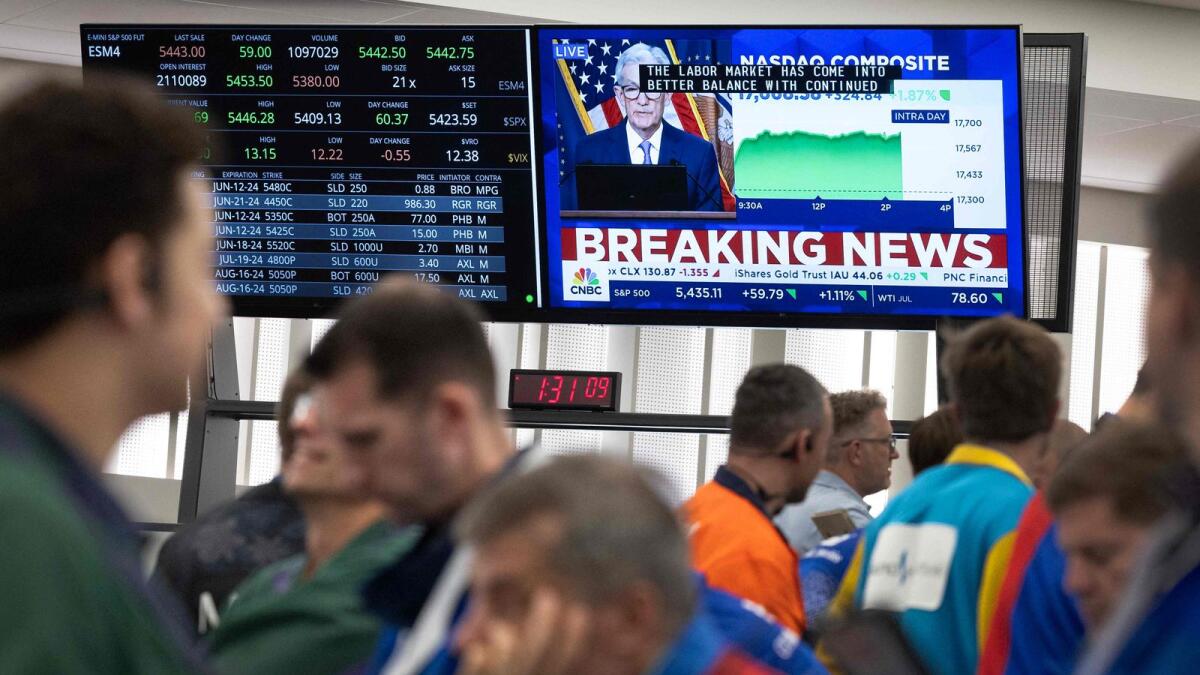Investors and individuals around the world were anticipating a global shift to lower interest rates six months ago. This shift would result in cheaper borrowing costs and increased availability of loans. Federal Reserve Chair Jerome Powell had mentioned that rate cuts were under discussion, sparking excitement among investors. However, the fears of cutting rates too fast and impacting inflation control were unfounded as major central banks faced persistent inflation and robust economic growth.
While minor steps have been taken, such as initial rate cuts by the European Central Bank and Bank of Canada, the overall easing of monetary policy that was expected has not materialized. Instead of multiple rate cuts, central banks are now considering only one or two cuts this year. Economists are now projecting a more conservative approach compared to market expectations from last year.
The Bank of England is expected to wait until the third quarter to cut borrowing costs, despite nearing their inflation target. The European Central Bank has already made a cut in June, as predicted by economists. However, market pricing has shifted dramatically from a prediction of multiple cuts to barely one cut this year. Central banks are navigating the balance between inflation and economic growth, and remaining cautious in their approach to policy changes.
Even though there are concerns about the potential impact of restrictive policies on the labor market and the economy, central banks are treading carefully to ensure the stability of both. Economists believe that the current disinflation trend will continue, with inflation eventually returning to target levels. The goal is to manage expectations and avoid declaring premature victory over inflation, ensuring that the economy remains on a stable trajectory.
The recent data pointing towards weakening price pressures and the expectation of rate cuts may lead to adjustments in central bank policies. While investors are anticipating rate cuts to begin in September, the timing and extent of these cuts remain uncertain. Central banks are aware of the risks associated with prolonging restrictive policies and are monitoring the situation closely to avoid any negative repercussions on the labor market and economic growth. The ultimate goal is to strike a balance between inflation control and supporting economic recovery.









